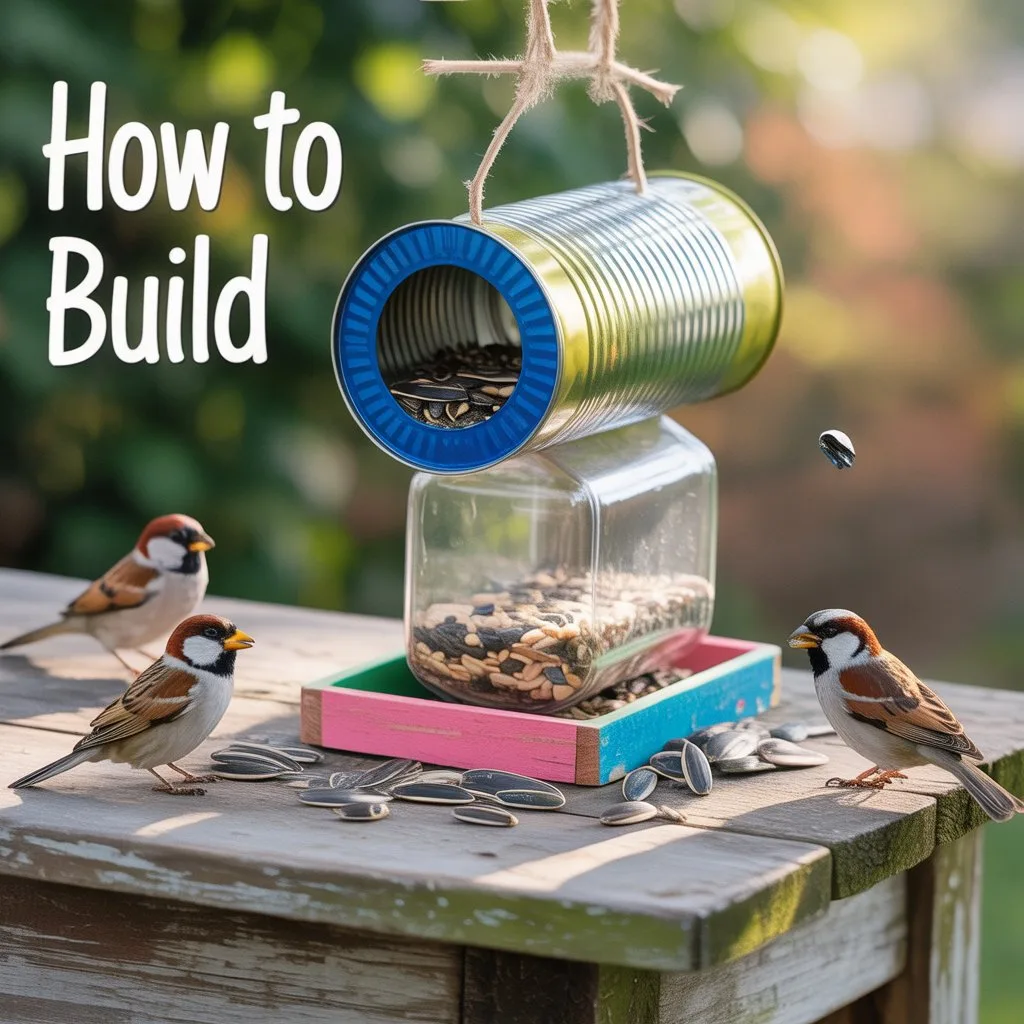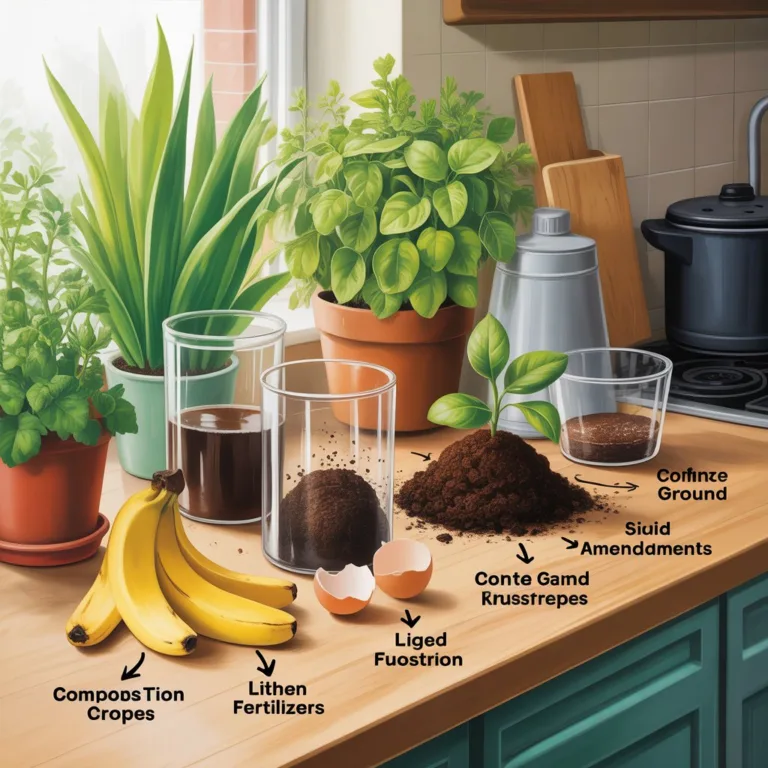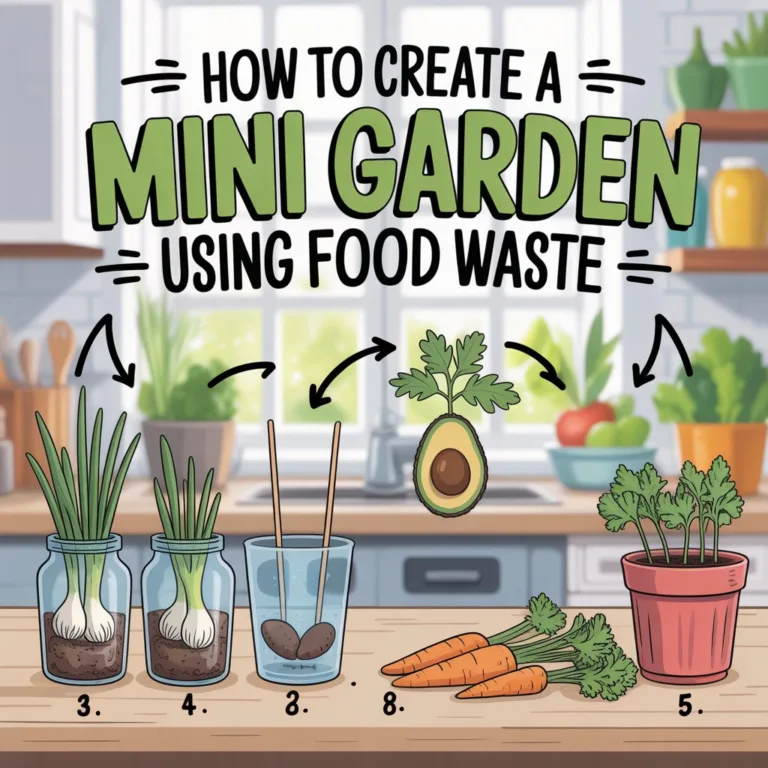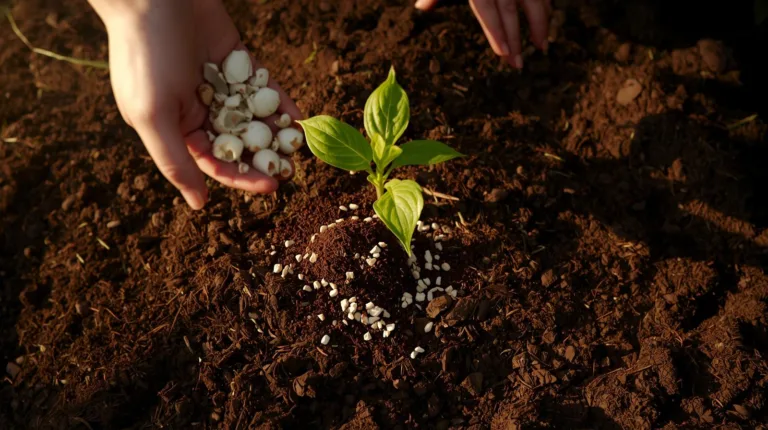Bird feeders are more than just decorative additions to your backyard — they’re small eco-projects that connect humans and nature in a simple yet powerful way. Creating one using recycled materials adds an even deeper meaning to the activity: it promotes sustainability, creativity, and environmental awareness. Whether you want to teach children about ecology, bring more wildlife into your garden, or reduce waste, learning how to build a bird feeder with recycled materials is a rewarding experience that benefits both people and the planet.

This guide explores how to design, construct, and maintain your own bird feeder using everyday items like plastic bottles, tin cans, wood scraps, and other discarded materials. You’ll discover tips for attracting local bird species, ensuring the feeder’s safety, and transforming simple waste into a sustainable haven for birds.
Why Building a Bird Feeder from Recycled Materials Matters
Every year, millions of tons of plastic and metal end up in landfills or natural habitats. By reusing materials creatively, we give them new life while reducing environmental impact. A bird feeder made from recycled materials not only cuts waste but also demonstrates how small acts can contribute to sustainability.
Beyond the ecological benefits, these DIY feeders encourage people — especially children — to connect with nature. Watching birds feed and interact builds appreciation for biodiversity and can inspire eco-conscious habits from an early age.
Choosing the Right Materials for a Safe and Durable Feeder
Before starting, gather clean, sturdy materials that are safe for wildlife. Recycled doesn’t mean careless — ensure that no sharp edges, toxic residues, or loose parts can harm the birds.
Excellent recycled materials for bird feeders include:
- Plastic bottles: Lightweight and weather-resistant, ideal for hanging feeders.
- Tin cans: Great for platform or wall-mounted feeders.
- Milk cartons: Easy to cut and paint, perfect for creative designs.
- Wood scraps or pallets: Suitable for long-lasting, rustic-style feeders.
- Glass jars: Ideal for seed dispensers when used securely.
Avoid using: materials with rust, paint chips, or strong chemical residues, as they can be harmful to birds.
Designing a Feeder that Attracts Local Birds
Different species prefer different feeding styles. A well-designed feeder considers both functionality and the local bird population.
- Platform feeders attract sparrows, pigeons, and doves.
- Tube feeders appeal to finches and chickadees.
- Suet holders are perfect for woodpeckers and nuthatches.
- Hanging feeders attract a variety of small, active species.
Research the birds that frequent your region and design your recycled feeder accordingly. If you live near wooded areas, try feeders with covered roofs to protect seeds from rain. For open spaces, transparent or colorful materials can help attract birds visually.
Crafting a Plastic Bottle Bird Feeder
One of the easiest ways to build a bird feeder with recycled materials is by using a plastic bottle. It’s lightweight, durable, and readily available.
You’ll need:
- A clean 1 or 2-liter plastic bottle
- A small knife or scissors
- Two wooden spoons or sticks
- String or wire for hanging
- Birdseed mix
How to make it:
Cut two small holes near the base of the bottle and insert wooden spoons through them — the handles serve as perches, while small openings above them allow seeds to spill out slowly. Add a few drainage holes at the bottom to prevent water buildup. Fill the bottle with seeds and hang it securely from a tree branch or post, at least 1.5 meters off the ground to keep it safe from predators.
This simple project transforms trash into a practical feeding station that can last for months with minimal maintenance.
Turning a Tin Can into a Rustic Bird Feeder
Tin cans are another fantastic material for eco-friendly bird feeders. Their metallic surface withstands weather well, and they can easily be repurposed into hanging or mounted feeders.
You’ll need:
- A large tin can (soup or coffee can size)
- Non-toxic paint (optional)
- Twine or wire
- A stick or wooden dowel for a perch
- Birdseed
Clean the can thoroughly and remove sharp edges. Decorate it if desired, using natural or water-based paints. Attach the stick across the opening for birds to perch on, then tie twine around the can’s closed end to hang it horizontally. Fill the can halfway with seeds and hang it under a tree branch or near a window.
This simple feeder not only provides nourishment for birds but also adds rustic charm to your garden or balcony.
Building a Wooden Feeder from Scrap Materials
For a more durable project, consider using reclaimed wood. Old furniture, crates, or pallets can be disassembled and reused to build a sturdy feeder that lasts for years.
Tips for wooden feeders:
- Use untreated or natural wood only, as chemicals in treated wood can be toxic.
- Include a small roof or cover to protect seeds from rain.
- Drill drainage holes in the feeding tray.
- Add side panels to prevent seeds from spilling.
Wooden feeders are perfect for long-term installations and can even serve as educational family projects. Kids can help sand, paint, and assemble the pieces while learning about sustainability.
Creative Variations Using Recycled Materials
There are endless ways to repurpose waste into bird feeders, limited only by imagination.
- Tea cup feeders: Attach a vintage cup and saucer together, fill with seeds, and hang with twine for an elegant touch.
- Coconut shell feeders: After enjoying the fruit, hollow out the shell and fill it with seeds or suet.
- Carton feeders: Decorate and hang old milk or juice cartons, cutting windows for access.
- Jar feeders: Turn upside-down jars into seed dispensers with a small base tray.
Each variation not only keeps materials out of landfills but also adds personality to your outdoor space.
Choosing the Right Seeds for Bird Health
What you feed your birds determines which species will visit and how healthy they remain.
Popular birdseed options include:
- Black oil sunflower seeds: Loved by most birds for their high fat content.
- Millet: Great for sparrows and doves.
- Peanuts: Attract woodpeckers, jays, and nuthatches.
- Nyjer seeds: Perfect for finches.
- Suet or fat balls: Provide essential calories during cold months.
Avoid giving birds bread, salted nuts, or sugary foods — these can cause digestive issues and malnutrition.
Placement and Maintenance for a Successful Feeder
The location of your bird feeder plays a major role in attracting wildlife and keeping them safe.
- Visibility: Place it in an open area where birds feel secure from predators.
- Safety: Keep feeders away from windows to prevent collisions.
- Cleanliness: Wash feeders regularly with mild soap and water to prevent mold and disease.
- Weather: Provide partial shelter or shade to keep seeds dry and fresh.
Regular maintenance ensures the feeder remains hygienic and welcoming to birds year-round.
Teaching Sustainability Through Bird Feeder Projects
Building a bird feeder with recycled materials offers a hands-on way to teach sustainability. It demonstrates how waste reduction, creativity, and environmental stewardship intersect.
Families and educators can integrate this activity into lessons about ecosystems, recycling, and wildlife conservation. Students can track which bird species visit, measure how quickly seeds are consumed, and even photograph or document their findings.
This approach transforms a simple craft into an ongoing educational experience that fosters curiosity and responsibility toward nature.
Making Your Feeder a Part of the Ecosystem
Once installed, a bird feeder becomes more than a decoration — it becomes part of your local ecosystem. Birds will help control insects, disperse seeds, and add life to your outdoor environment.
You can enhance this effect by surrounding the feeder with native plants, shrubs, or water sources. These additions create a complete micro-habitat where birds can feed, rest, and nest safely.
Encouraging a Year-Round Connection with Nature
A recycled-material bird feeder doesn’t just benefit birds; it benefits you too. Watching the natural world respond to something you’ve made with your own hands can bring peace, satisfaction, and a sense of purpose. Over time, your backyard can become a lively refuge that reminds you daily of the beauty of small, sustainable actions.
Keep experimenting with new designs, materials, and placements. You might discover that the best feeders are those that evolve with the seasons — just like nature itself.
If you enjoyed learning how to build a bird feeder with recycled materials, consider exploring other eco-friendly projects, such as creating pollinator gardens, compost bins, or insect hotels. Each project helps strengthen the connection between people and the environment — one creative idea at a time.

Sofia Greenfield is a sustainable gardening expert and environmental educator who inspires families and urban gardeners to cultivate green spaces responsibly. She shares practical tips on growing vegetables, herbs, and flowers using eco-friendly and recycled materials, emphasizing the joy of gardening while protecting the planet.



